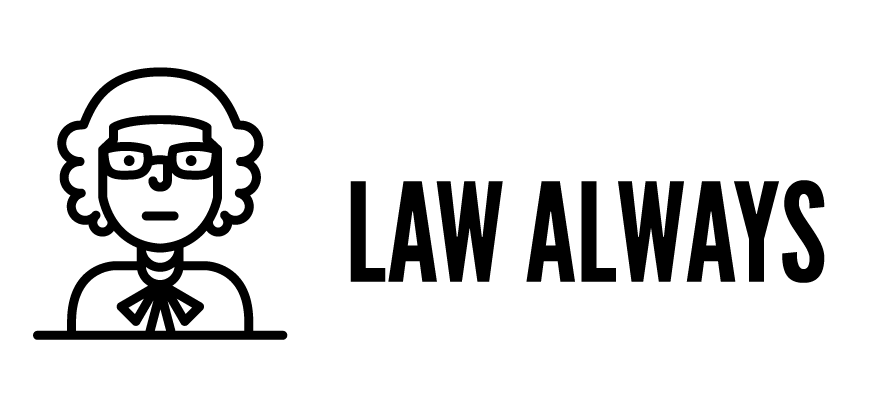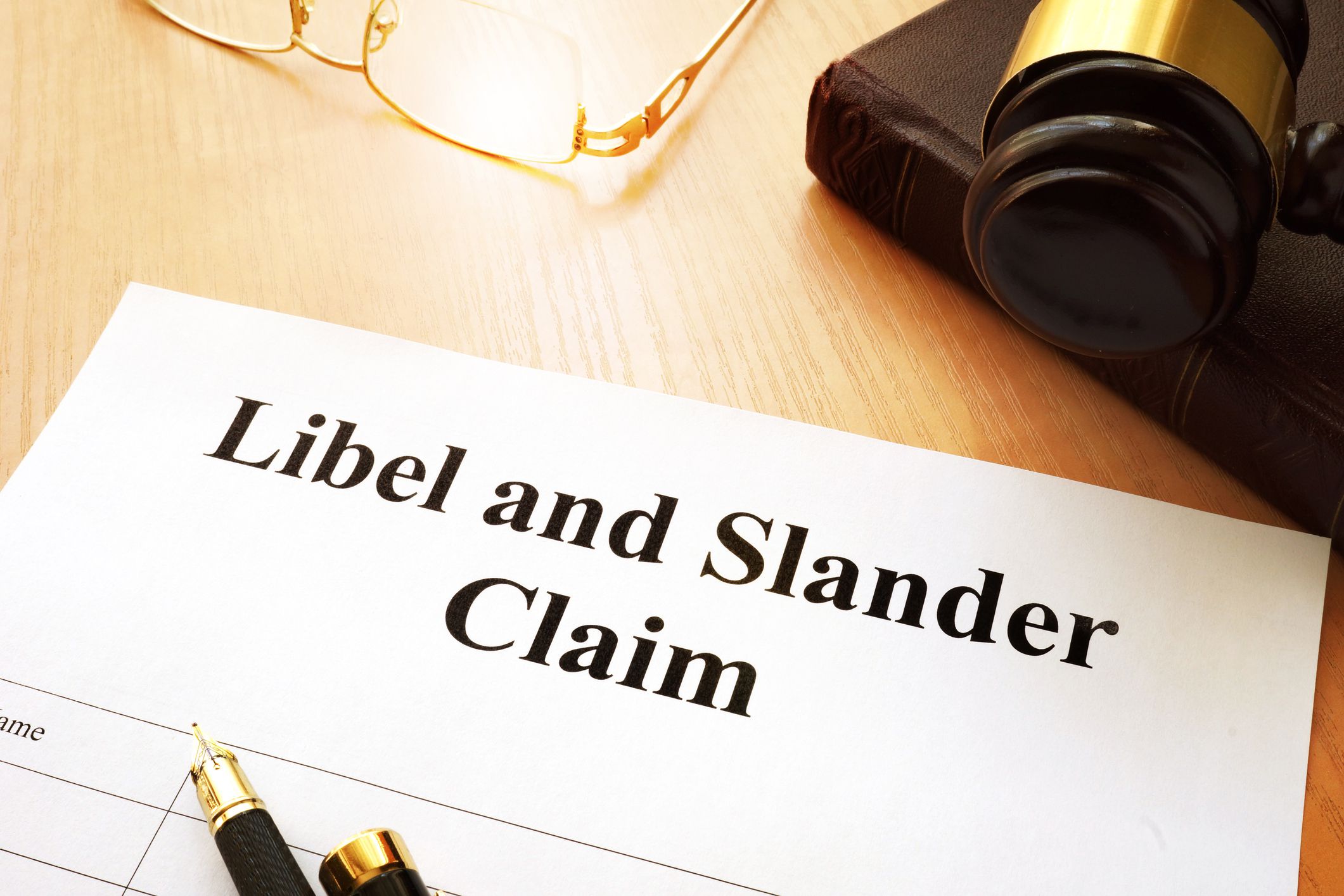On November 7th, 2018, the Department of Labor (DOL) took steps to bring an end to what is commonly known as the 80-20 rule for tipped employees.
Under the rule, employers could pay workers that regularly earn more than $30 in tips a lower base wage. The tips would form a ‘tip credit’ and top up their wage to meet national requirements.
For tipped employees, under the 80-20 rule, they could receive base payments as little as $2.13 per hour (the federal minimum wage for tipped workers). However, if more than 20% of their work involved “non-tipped” duties, they were entitled to a full hourly wage. This is where the 80-20 name came from.

What are the changes?
The most recent guidance from the DOL rescinds the 80-20 law. Now, it does not matter what percentage of an employee’s duties are tipped and what percentage are not tipped, employers can pay tipped workers a reduced hourly rate if the workers’ non-tipped work is related to the tipped job and is performed alongside tipped duties.
For example, before, a waiter that spent 70% of his time serving tables (tipped work), and 30% of his time folding napkins, cleaning dishes, grinding coffee beans etc. (non-tipped work), would not be eligible for a lower hourly rate of pay because under the 80-20 rule, their work involved too many non-tipped duties to qualify.
Under the new guidelines, a waiter that spends 50% of his time waiting tables, and 50% of his time folding napkins, can still be paid $2.13 an hour because the duty of folding napkins is related to the job of serving tables and is performed alongside the tipped duties.
What does this mean moving forward?
Under the previous guidelines, the DOL offered firm instruction for what constituted tipped duties and what didn’t. it forced employers to keep meticulous records to prove that their staff’s duties qualified them for the tip credit and allowed them to pay a lower hourly rate.
With the ending of the 80-20 law, employers will find it easier to ensure compliance as they no longer have to demonstrate an 80-20 split between tipped and non-tipped duties.
Will this mean more workers doing untipped work for less pay?
There are concerns that removing the 80-20 rule could open the door for employers to get away with underpaying workers for untipped duties providing at least part of their job involved tipped duties (even if this is a very small part).
However, the DOL has taken steps to avoid this. Its O*NET Online portal lists acceptable duties for a comprehensive list of tipped workers occupations, including waiters and waitresses, maids, and cafeteria workers.
For example, in the O*NET Online portal, among a waiter and waitresses duties is arranging tables or dining areas. This is not a tipped duty but is part of their acceptable job requirements. If an employer is asking a waiter to perform a job outside the acceptable job requirements, that person is no longer considered a waiter or waitress and is therefore not eligible to be paid a lower hourly rate.
It remains to be seen how the new guidelines will be implemented, but there are already mechanisms in place to prevent the exploitation of workers. However, undoubtedly the primary beneficiaries of the guidelines will be employers who are no longer required to keep meticulous records on how each worker that qualifies for the 80-20 rule spends their time.





